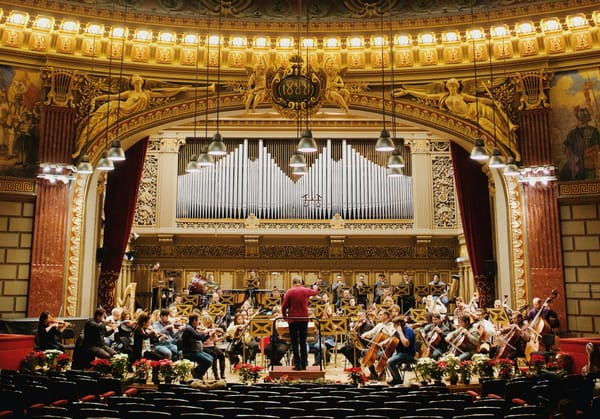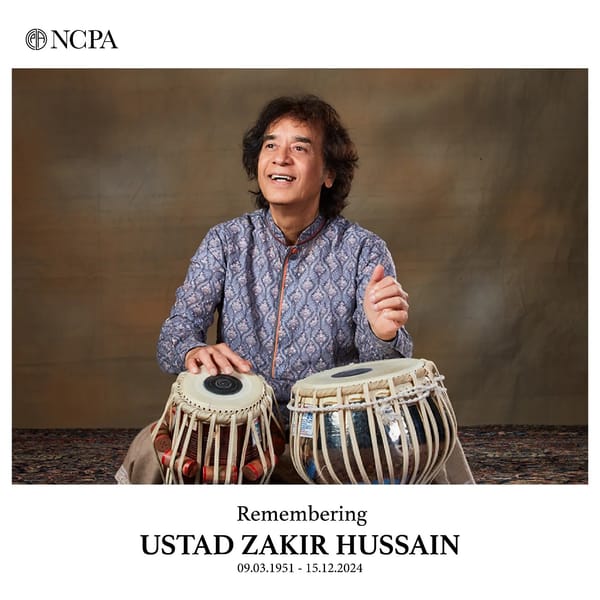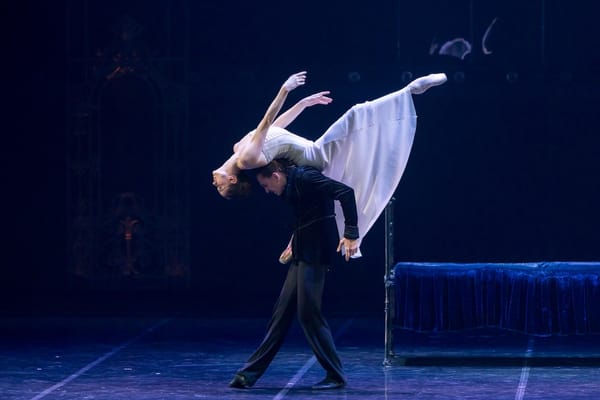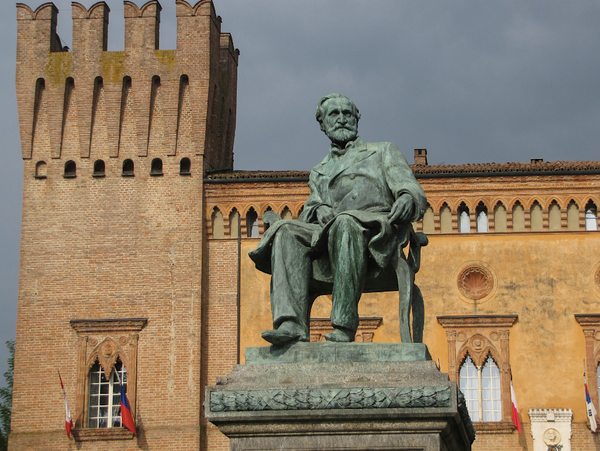Women Composers in Classical Music History
From the Baroque salons of Venice to 21st‑century concert halls, this article uncovers the overlooked achievements of women composers—Strozzi, Hensel, Saariaho and more—showing how their creativity has quietly but profoundly shaped the classical canon.
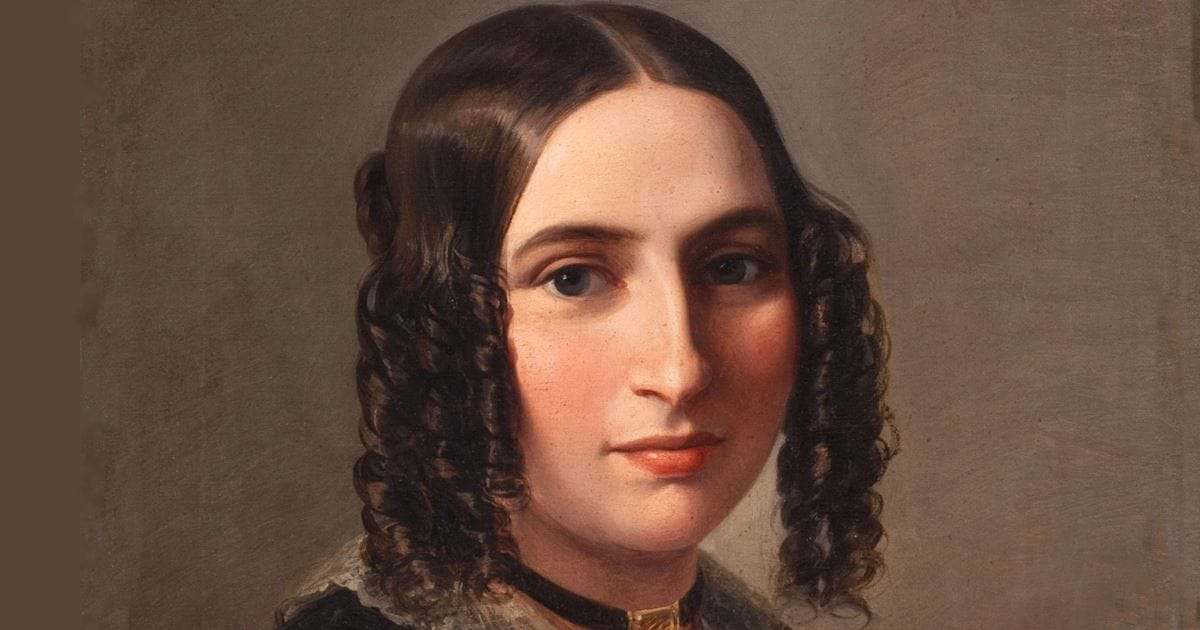
The history of classical music is often told through the luminaries of yesterday—Bach, Mozart, Beethoven, Brahms—yet the contributions of women composers have too frequently been relegated to footnotes, if acknowledged at all. From the salons of Baroque Venice to the concert halls of 21st‑century London, women have enriched the art form with unique voices, innovative techniques and profound emotional depth. This article traces key figures, societal obstacles and modern rediscoveries, arguing that a more inclusive narrative of classical music history is both necessary and illuminating.
Baroque Beginnings
In the 17th century, a select few women overcame rigid gender norms to compose and publish their music. Barbara Strozzi (1619–1677), born out of wedlock to the poet Giulio Strozzi, carved her own path in Venice’s intellectually vibrant—but male‑dominated—scene. She published eight volumes of vocal music, notably arias and cantatas, that reveal her command of expressive melody and text setting. Despite her success, Strozzi navigated a fine line between respectable patronage and scandal, illustrating the precarious position of professional women musicians in her era.
Contemporary with Strozzi was Élisabeth Jacquet de La Guerre (1665–1729), hailed as “the little French Lully” by King Louis XIV. Trained on harpsichord from childhood, she wrote operas—an extraordinary achievement for a woman at the time—as well as cantatas, sonatas and keyboard suites. Her opéra-ballet Les plaisirs de Versailles (1698) evidences her mastery of French Baroque style. Yet, after her husband’s death in 1706, her output diminished, underscoring how women’s creative lives could be curtailed by domestic or financial pressures.
The Classical Era
The late 18th and early 19th centuries saw a blossoming of salon culture, where educated women were expected to entertain guests with conversation, poetry and music. Many composed—but seldom published—their works. Marianna Martines (1744–1812) of Vienna, the daughter of a court musician, gained the admiration of Joseph Haydn and Wolfgang Amadeus Mozart. She published a set of six keyboard sonatas (1770) and several sacred vocal works, yet her reputation remained largely confined to private circles.
One of the most paradoxical figures of this period is Maria Theresia von Paradis (1759–1824). Blind from childhood, she became a celebrated pianist and composer. Her opera Die gefesselte Phantasie (1778) was performed for the Habsburg court, and her dozens of piano and chamber pieces circulated in manuscript, admired for their elegance and lyricism. Nevertheless, von Paradis’s pedagogical gifts—she inspired the development of Mozart’s Piano Sonata in C major, K. 330, through direct collaboration—often overshadowed her creative identity.
Romantic Strains
The 19th century’s Romantic fervour placed emphasis on personal expression—yet societal constraints on women endured. Clara Wieck Schumann (1819–1896) stands as the most celebrated woman composer of her century. A prodigious pianist, she married Robert Schumann and nurtured the careers of Brahms and others. Her piano works, including the Three Romances, Op. 11 (1839), exhibit a command of form and a depth of feeling comparable to her male contemporaries. Nonetheless, Clara devoted much of her life to performance and motherhood, composing fewer works than her talent might have suggested.
Her younger contemporary Fanny Mendelssohn Hensel (1805–1847) wrote over 460 pieces—songs, piano works and an oratorio, Elias, posthumously premiered in 1846. Critics today marvel at her counterpoint, harmonic daring and lyrical gift, especially in the Das Jahr cycle (1841), a set of twelve piano pieces each inspired by a month of the year. But in her lifetime, Fanny’s public opportunities were severely limited; she was encouraged to publish under her brother Felix’s name, and even her salon concerts were modest affairs compared to Felix’s public recitals.
Early‑to‑Mid 20th Century
With the gradual expansion of women’s rights in the early 20th century, more women attained formal composition training and public recognition. Ethel Smyth (1858–1944), an English suffragette and student of Brahms in Vienna, forged a daring career. Her opera The Wreckers (1906) premiered at the Dresden Hofoper, and her Mass in D (1891) remains celebrated for its grandeur. Smyth’s activism led her to compose the anthem “The March of the Women” (1910), which became the emblem of the UK suffrage movement. Yet even Smyth faced dismissal on the grounds that “women’s music” was somehow a different, lesser category.
Across the Atlantic, Amy Beach (1867–1944) was America’s first successful professional female composer. Her Gaelic Symphony (1894) was the first symphony composed and published by an American woman. A child prodigy, she later married and observed the “Boston Marriage” convention: giving up public performance to support her husband’s career, while composing at home. Her piano, choral and chamber works, suffused with folk‑inspired melodies and rich harmony, often languished in obscurity until recent revivals.
Meanwhile, Lili Boulanger (1893–1918) her younger sister Julia’s pupil at the Paris Conservatoire, became the first woman to win the prestigious Prix de Rome in 1913. Her brief oeuvre—cut short by chronic illness—included the choral work Psalm 24 and the tone poem D’un matin de printemps. Critics praised her tonal imagination and emotional intensity; her early death at 24 sparked both mourning and the myth of the “tragic girl genius.”
Simultaneously, pioneering Black women composers began to break classical stereotypes. Florence Price (1887–1953) studied at the New England Conservatory before returning to her native Arkansas. Her blend of classical forms with African‑American spirituals and folk material is epitomised in her Symphony No. 1 in E minor (1932), premiered by the Chicago Symphony Orchestra. Despite initial acclaim, Price’s music was neglected after her death until a recent spate of recordings and performances has reintroduced her to concert programmes worldwide.
The Forgotten and the Rediscovered
Many women composers were forgotten altogether, their manuscripts left unpublished or misattributed. The late 20th century witnessed a concerted effort by scholars and performers to unearth this hidden repertoire:
- Louise Farrenc (1804–1875), a French composer and professor at the Paris Conservatoire, whose Nonet in E‑flat major (1850) is now hailed for its vitality and mastery of chamber writing.
- Cécile Chaminade (1857–1944), immensely popular in her day for salon pieces and songs, whose Concertstück for Flute and Orchestra, Op. 107, remains a staple of the repertoire.
- Amy Marcy Cheney Beach and Ethel Smyth recordings by pioneering women conductors such as JoAnn Falletta, and series like “Women of Note” on BBC Radio 3, have begun to right the balance.
Contemporary Voices
Today, women composers are indispensable to the classical landscape. The late 20th and early 21st centuries have seen a proliferation of voices across genres, styles and geographies:
- Kaija Saariaho (b. 1952) from Finland, whose spectral orchestration in works like L’amour de loin (2000) and Graal Théâtre (1994) blends electronics with lush harmonies.
- Jennifer Higdon (b. 1962) in the United States, whose Blue Cathedral (2000) and Violin Concerto (2010) earned her a Pulitzer Prize and widespread acclaim.
- Unsuk Chin (b. 1961) of South Korea, whose crystalline textures in Violin Concerto (2001) and Alice in Wonderland opera (2007) demonstrate a singular sonic imagination.
- Missy Mazzoli (b. 1980) and Jessie Montgomery (b. 1981) have brought fresh energy to American orchestras, combining classical tradition with jazz, folk and popular idioms.
Moreover, initiatives such as the Donne—Women in Music archive, festivals like “Hear Her” at London’s Southbank Centre, and scholarship networks such as the International Alliance for Women in Music have fostered performance, study and advocacy. Recording labels such as BIS and Naxos have curated dedicated series; orchestras programme concerts entirely of women composers.
Obstacles Persist
Despite these advances, systemic biases endure. Women composers remain underrepresented in conservatoire syllabi, competition finals and season brochures. A 2023 survey of 50 leading orchestras in Europe and North America found that works by women constituted less than 10 per cent of performed repertoire. Critics’ language can still default to gendered tropes, praising “feminine sensitivity” or “emotionality” where male composers are lauded for “power” and “mastery.”
Furthermore, intersectional inequalities—race, class, sexuality—compound the challenges. Women of colour and those outside Western Europe and North America often struggle for platforms and funding. A truly equitable musical culture requires not only gender parity but attention to all axes of diversity.
Towards an Inclusive Canon
Rewriting history is only the first step. Concert programmers, educators and listeners all shape what becomes “canonical.” To further the role of women composers:
- Active Programming: Orchestras, chamber ensembles and soloists should commit to balanced seasons—blending established women composers like Clara Schumann and Florence Price with risky premieres by emerging talents.
- Curricular Reform: Music schools must integrate works by women at every level—analysed alongside Beethoven and Brahms, not relegated to special “Women in Music” modules.
- Recording and Publication: Publishers and record labels need to prioritise critical editions and high‑quality recordings, ensuring access for performers and scholars.
- Community Engagement: Outreach programmes in schools and community centres can introduce young instrumentalists to repertoire by women, fostering familiarity and enthusiasm from an early age.
Conclusion
Women composers have been—and continue to be—integral architects of classical music’s evolution. From the Baroque cantatas of Barbara Strozzi to the pioneering symphonies of Florence Price, from the intimate salon pieces of Fanny Mendelssohn to the avant-garde textures of Kaija Saariaho, their works offer fresh perspectives on form, colour and expression. A fully realised history of classical music must embrace these voices, not as curiosities or novelties, but as essential contributors to its ongoing story.


